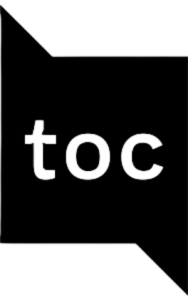
Designed to harmonize criminal justice offense codes. If you are working with a dataset that contains thousands of rows of cases, each with its own unique charge description associated with it, TOC is a game changer.
SIGN
UP
PUBLISHED
PAPER
LEARN
MORE
How It Works
The TOC tool uses a hierarchical classification framework in which the data taxonomy used to create the hierarchy of classifiers is predefined in the unified crime classification standard (UCCS) schema. To leverage the taxonomic characteristics of UCCS schema, we induced class hierarchy to the TOC tool using local classifier per parent node method where one or more classifiers are trained at each level in the hierarchy.

As a result, the TOC tool starts by training a classifier at the parent level for classifying broad crime types (1st digit of UCCS code). Then for each broad crime type, a new classifier is trained to predict the offense category (2nd and 3rd digits of UCCS code). As the last step, a single classifier is trained across all records to predict the offense modifier (4th digit of UCCS code). In total, the TOC tool consists of a group of 100 classifiers (1 for broad crime type, 6 for offense category, and 93 for offense modifier) that together provide a predicted UCCS classification.


